1. A wall map full of pins, flags, or string
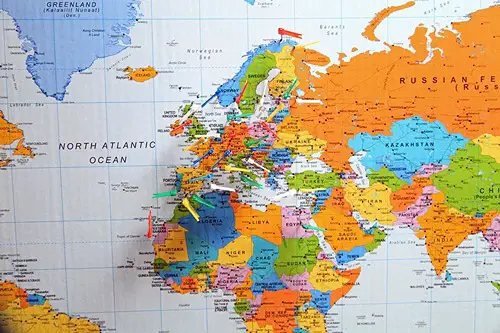
One look at their living room wall and you’ll find a large world map that’s definitely been personalized. Pins mark where they’ve been, flags drape across the top, or there might be string connecting major cities like it’s a CIA operation. It’s part décor, part humblebrag, and 100% a conversation starter. Ask about any pin, and you’ll get a fully fleshed-out story.
This map isn’t about showing off vacations—it’s a monument to lived experience. People who studied abroad often want a visual reminder of their global identity. The map turns geography into memory, making their apartment feel more like a curated museum. And yes, this is a recognizable trend in post-abroad social media and home tours.
2. A French press that gets more attention than the microwave
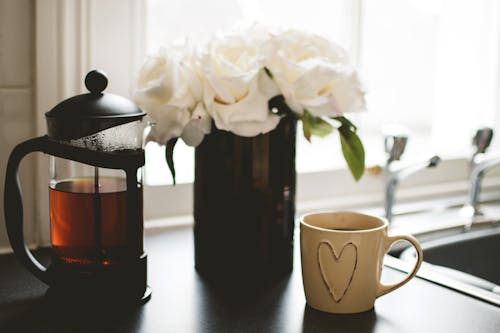
If someone proudly sets up their French press front and center in the kitchen, chances are they studied abroad in Europe and never looked back. They’ll casually mention “the coffee culture in Paris” while pouring a single cup with ceremonial reverence. You’ll never see instant coffee in their cabinet—it’s all beans from a small-batch roaster with tasting notes. The microwave, meanwhile, is just a clunky box taking up space.
That reverence for slow, deliberate coffee prep often comes from spending time in places like Italy, France, or even Melbourne, where café culture is sacred. While practical for most people, the microwave symbolizes shortcuts, which are frowned upon in many of the café-centric cultures abroad. You can fact-check this with any number of travel blogs or cultural studies around global coffee rituals. It’s not just about caffeine—it’s a lifestyle holdover.
3. Shoes-off household policy with zero negotiation
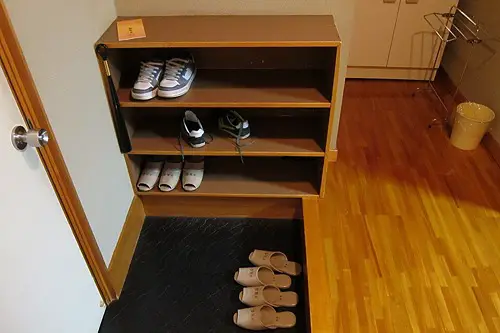
The moment you walk in, you’re asked—politely but firmly—to remove your shoes, no exceptions. There might even be a shoe rack, a soft rug at the entryway, or a basket of guest slippers. This is especially common among folks who studied in Japan, South Korea, or Scandinavia. It’s framed as a matter of cleanliness, but also, in their mind, it’s just civilized.
In many Asian and Nordic countries, wearing shoes indoors is a huge faux pas, and the habit is hard to shake after living there. Even if they’re back in the U.S. or the U.K., they’re still operating on house rules from Kyoto or Oslo. Cultural norms around hygiene and respect for shared spaces tend to linger long after the return flight. And yes, research backs up the cleanliness factor—shoes really do bring in a lot of outside bacteria.
4. A pantry that includes olive oil from “this one tiny village”

They don’t just use olive oil—they use imported olive oil with a story. Maybe it’s from a family-owned orchard in Tuscany or a co-op in Greece where they volunteered for two weeks. It’s never the store-brand stuff; it’s always something with a handwritten label and a faint scent of nostalgia. Ask them about it and you’ll get a five-minute lecture on acidity levels.
This devotion usually stems from a Mediterranean study abroad stint where they learned to drizzle olive oil on everything from toast to yogurt. It’s not just about the taste—it’s about recreating a simpler, more romantic version of life they experienced abroad. Mediterranean diets and their health benefits are well-documented, which adds another layer of justification. But at heart, it’s about holding on to a time when food felt like art.
5. A drying rack that’s never, ever put away
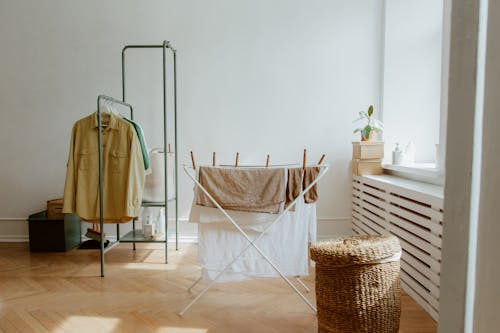
It doesn’t matter how much space they have—the drying rack is out in full view, always loaded. They’ll mention “saving energy” or “protecting the fabric,” but really, it’s muscle memory from living in a country where dryers were rare or discouraged. Think Germany, the Netherlands, or much of East Asia. Drying clothes outside or on a rack was the norm, and they just never gave it up.
The environmental angle is real: air-drying does reduce energy use and wear on clothes. But the commitment level here is different—they’ll even hang socks and underwear with mini clothespins. It’s a visible marker of a lifestyle that prioritizes slowness and sustainability. Their laundry habits are essentially a love letter to their former host country.
6. A spice rack that’s suspiciously international
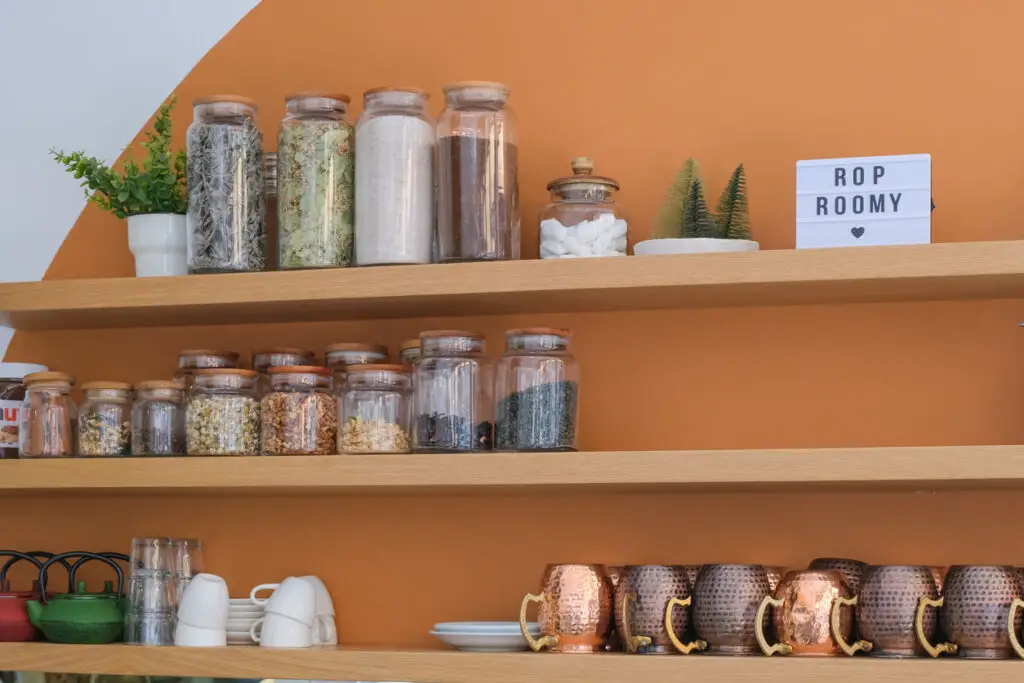
If you see za’atar, harissa, sumac, and gochugaru all in one cabinet, that person definitely did a semester abroad. And not just one semester—they absorbed it. These aren’t random purchases; they’re artifacts from cooking classes, homestays, and trips to local markets. Each jar has a story, and they’ll gladly tell you where they bought it and who taught them to use it.
The flavors of a place tend to stick in memory more than tourist sites, and spices are the easiest souvenirs to keep using. Study abroad alumni often recreate dishes they learned overseas to reconnect with that time. It’s more than just liking global cuisine—it’s about preserving a sense of identity. You can bet they know the difference between turmeric from India and turmeric from Thailand.
7. An ever-present electric kettle—even in the living room

Not only do they own an electric kettle, but they use it, multiple times a day. It might be stationed somewhere unconventional, like the living room shelf or home office desk. This is classic behavior from someone who studied in the U.K., Ireland, or anywhere Commonwealth-adjacent. Hot drinks are a near-religious ritual in those places, and the kettle is the sacred tool.
Electric kettles are common globally but oddly rare in the U.S., which is why this touch stands out. Study abroad students often come home wondering why it takes Americans so long to boil water. The obsession with tea—properly brewed, not microwaved—is real and backed by both etiquette and efficiency. Plus, a kettle is just so much faster.
8. A bookshelf with more translated fiction than local titles

You’ll spot Murakami, Ferrante, or Knausgård long before any Stephen King or Colleen Hoover. Their bookshelf leans heavily toward translated literature—books they discovered in class or local shops during their study abroad. These novels weren’t just readings—they were cultural lifelines. Every spine carries emotional weight and a sense of discovery.
Studying abroad often involves immersion in local arts and media, and literature is one of the easiest ways to continue that immersion post-trip. They might even read in the original language, or claim they could if they wanted to. Their taste skews literary and international because that’s what shaped their academic and personal growth. You can trace this habit to the reading lists of global literature or world cinema courses.
9. A photo wall with grainy, sepia-toned film shots of markets and mopeds
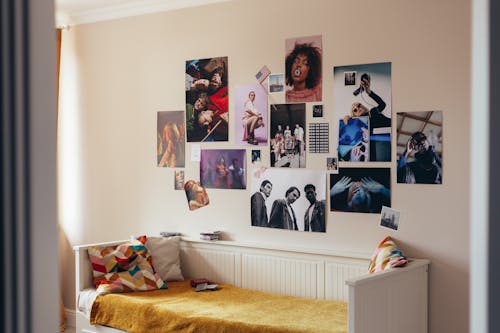
Every hallway or stairwell has a grid of artsy photos featuring street vendors, crooked alleyways, and sunsets over unfamiliar skylines. The pictures are often on matte paper, framed in minimalist black. They were either taken on film or edited to look like it. The aesthetic says, “I was there, and I felt something.”
These images reflect a time when everything felt vivid and worth capturing—not just for Instagram, but for memory. The use of film or vintage editing is a nod to the romanticism of travel and foreign daily life. It’s less about documentation and more about emotional texture. You’ll see these same visuals in travel zines and cultural anthropology projects.
10. An accent that shifts every few sentences
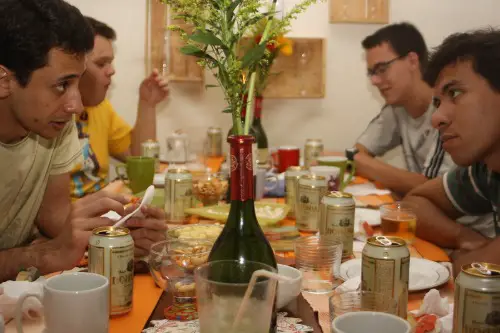
You’re having a normal conversation, and suddenly they pronounce “schedule” like “shed-yool.” Or they slip a “cheers” into a goodbye, even though they’re from Ohio. It’s not quite a fake accent, but there’s definite code-switching happening. This linguistic residue is common among people who studied in the U.K., Australia, or South Africa.
When immersed in another language or dialect for long enough, your speech patterns start to shift. It’s called linguistic accommodation, and it’s a real phenomenon in sociolinguistics. Even after returning home, people often hold onto certain phrases or intonations. It’s not pretentious—it’s just a habit that’s hard to break.
11. Furniture that was clearly chosen for “minimalism, not comfort”
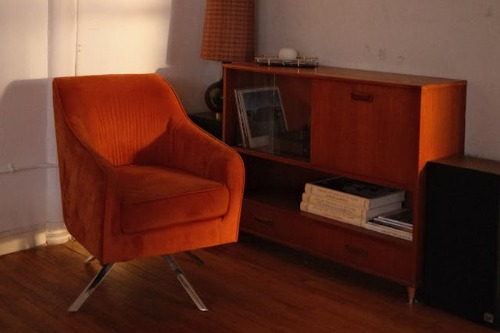
Their couch is stylish but suspiciously firm. The dining chairs are sleek, wooden, and lack any kind of cushion. There’s a Scandinavian vibe to the layout—lots of white space, pale wood, and efficient design. Ask about it and you’ll hear something like, “I got used to this aesthetic in Copenhagen.”
Minimalist design is a cornerstone of Nordic living, and it leaves a lasting impression on anyone who studied or lived there. Function and form take precedence over plushness. They don’t mind sacrificing a little comfort for aesthetic harmony. And yes, IKEA doesn’t count unless it’s the very specific lines you’d find in Europe.
12. A journal that’s been upgraded to “travel memoir in progress”
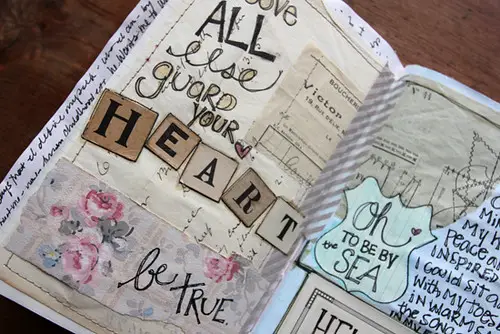
They don’t just keep a journal—they’re “working on something.” Maybe it’s a memoir, a collection of travel essays, or a Substack with ten loyal subscribers. The entries always circle back to that time abroad: the late-night train ride, the mountain hike, the awkward host family dinner. Writing is their way of reliving it without sounding too nostalgic.
Many study abroad programs encourage reflective writing, so the habit starts early. For some, it becomes a creative outlet or even a side hustle. It’s not uncommon for these projects to blossom into travel blogs, magazine pitches, or grad school applications. You can often fact-check this one by simply asking, “What are you writing these days?”
This post 12 Domestic Touches That Indicate Someone Once Studied Abroad and Never Moved On was first published on Greenhouse Black.
